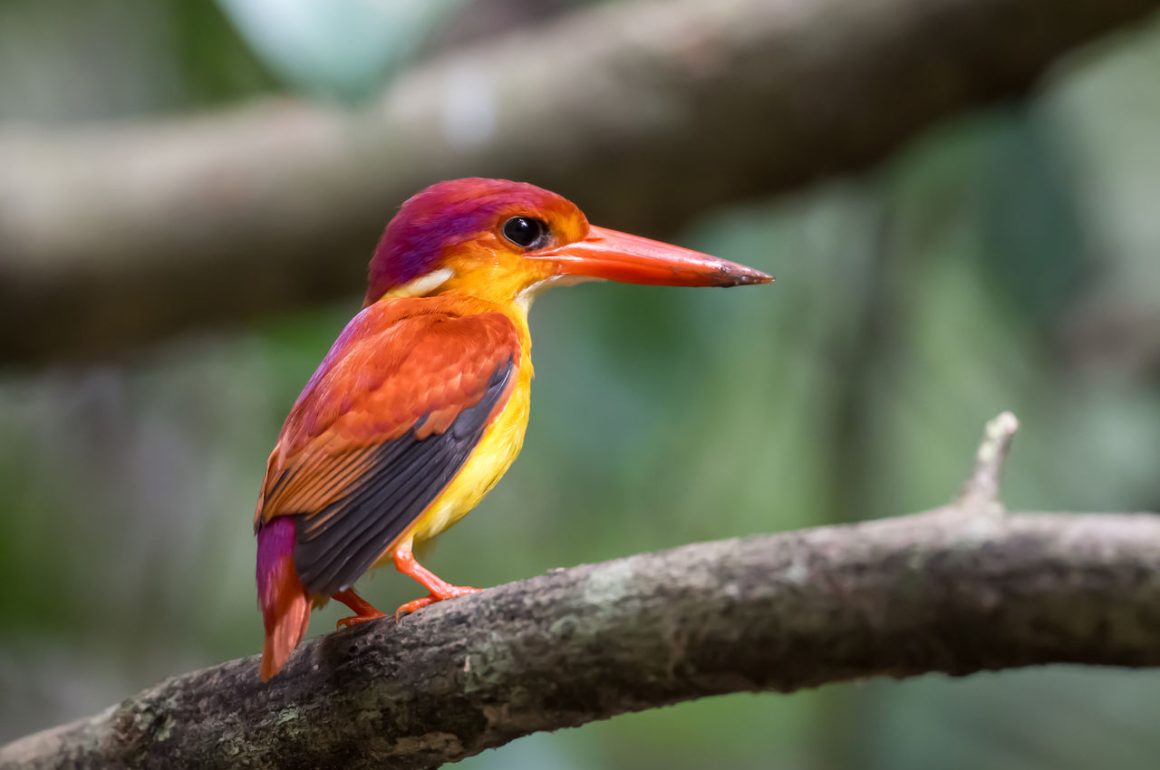
Googling Kondang Merak yields “Known for its striking sunsets, this secluded beach offers food kiosks, snorkeling & a calm vibe”. And indeed, that is what my photos taken there indicate.

Of course, this was not why I was there or how I spent my time. I was there for the birds (even though on my other website, “Relaxed Beach Holidays with Kai“, I will say exactly the opposite. And show photos of me in a beach chair, sipping colorful cocktails).
The main target here was the Javan Owlet, which apparently was not quite aware of the time constraints and rigid schedules expected by German birders, and which thus failed to show up in the hide on the evening of the first day there.
The consolation prize at the same hide was a Rufous-backed Dwarf Kingfisher.
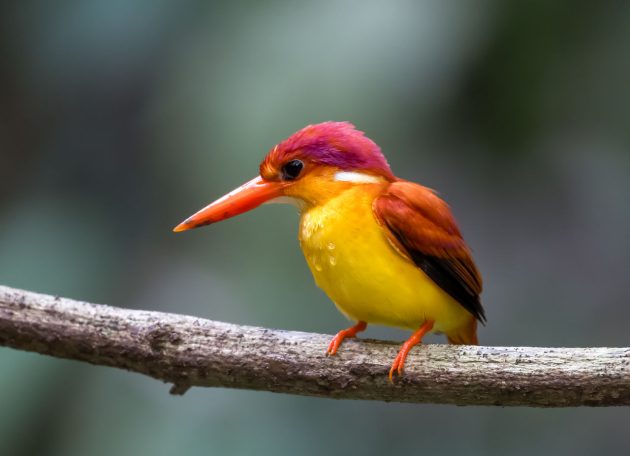
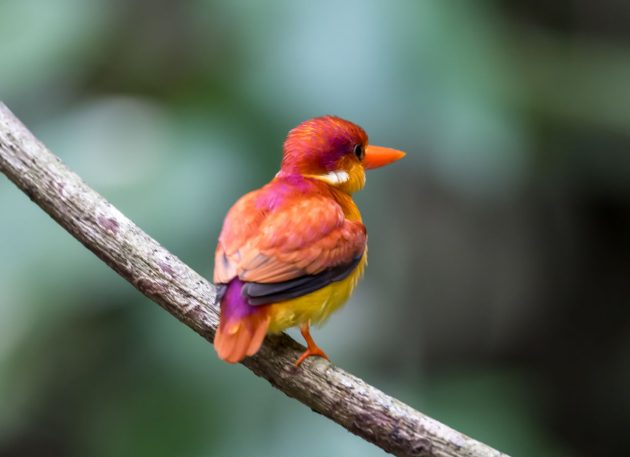
Well, maybe a bit more than that. It really is a stunning bird.
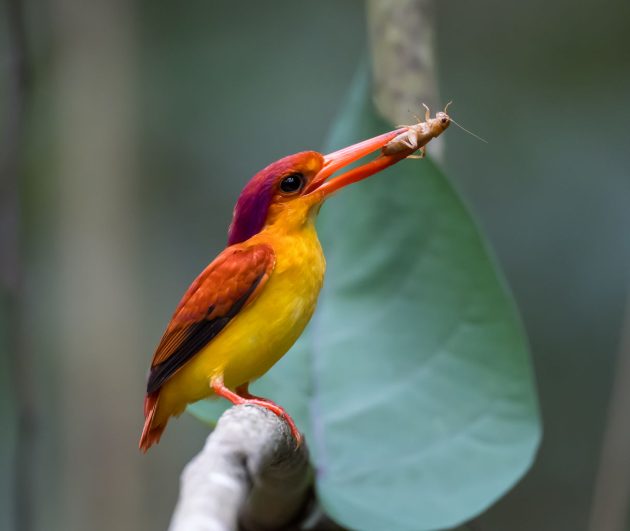
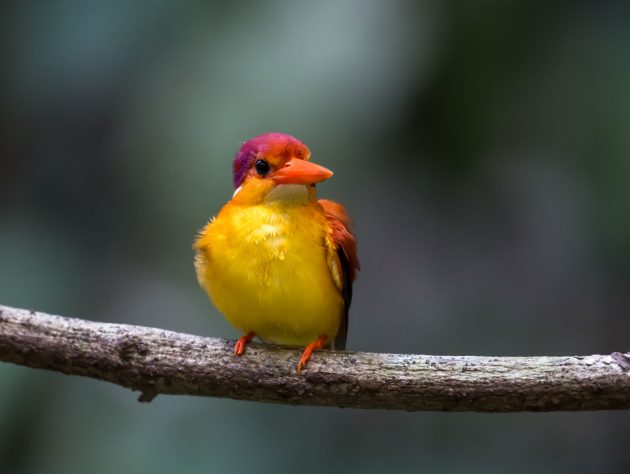
Even Cornell – which usually does not get too excited about birds in the descriptions – gushes: “Few birds match its audacious coloration: it is bright rufous above and deep chrome yellow below, highlighted by electric lilac purple in the crown and rump and a white patch on the side of the neck. This splash of color is further accented by a large bright coral-red bill and tiny coral-red three-toed feet. It truly glows in dark forest understories.”
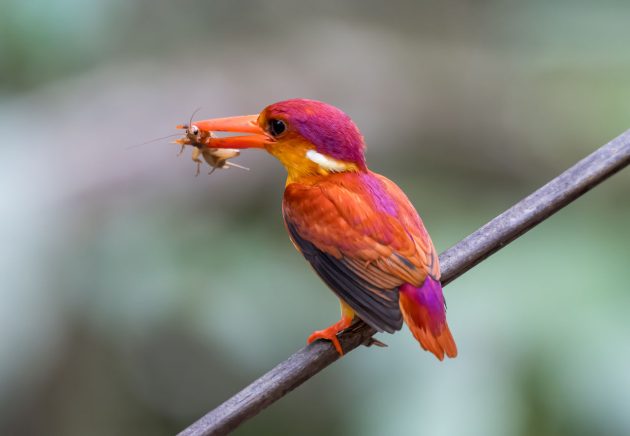
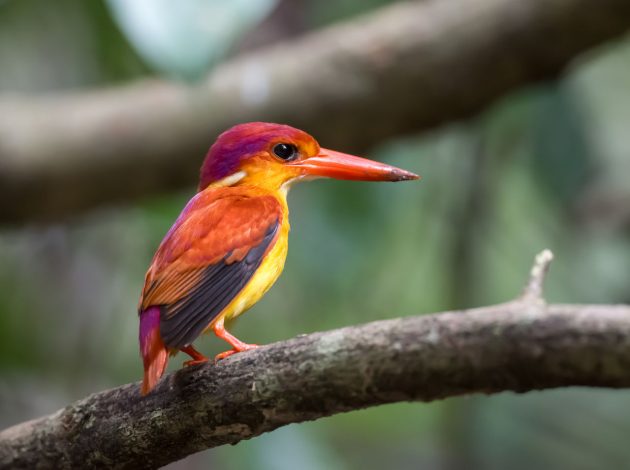
Not seeing the owlet in the evening meant having to get up very early the next morning (I remember when I was a kid I always kind of pitied bakers for having to get up at 3 am in the morning, not knowing that birders frequently have the same fate).
And at least the Javan Owlet showed up, even if only for a very brief period in a rather bad light.
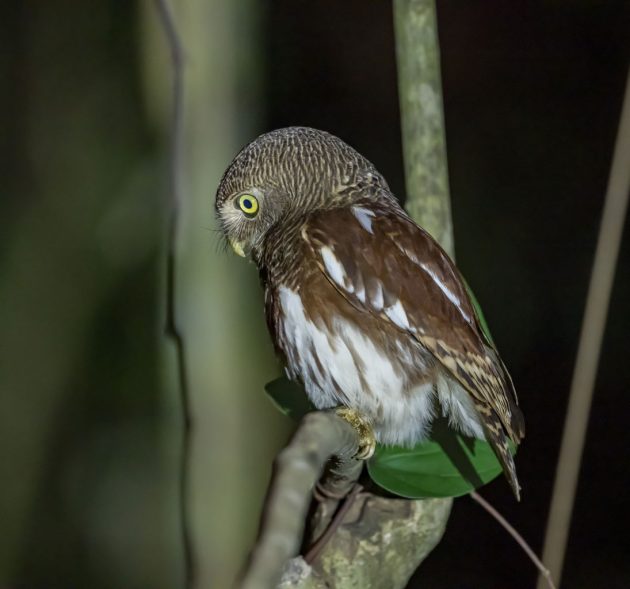
The scientific name Glaucidium castanopterum indicates that it is “chestnut-winged”.
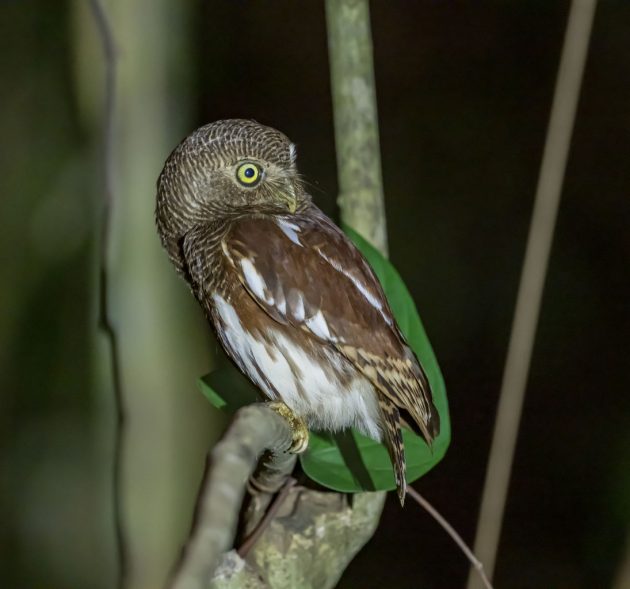
It looks fairly similar to the Asian Barred Owlet and is also apparently closely related to it.
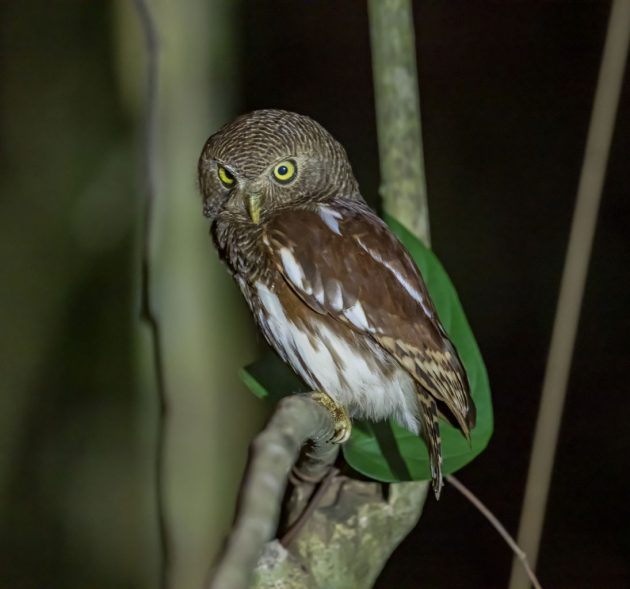
I could have gone to some Shanghai parks to see a Crested Goshawk, so seeing it in Java was nice but no more than that.
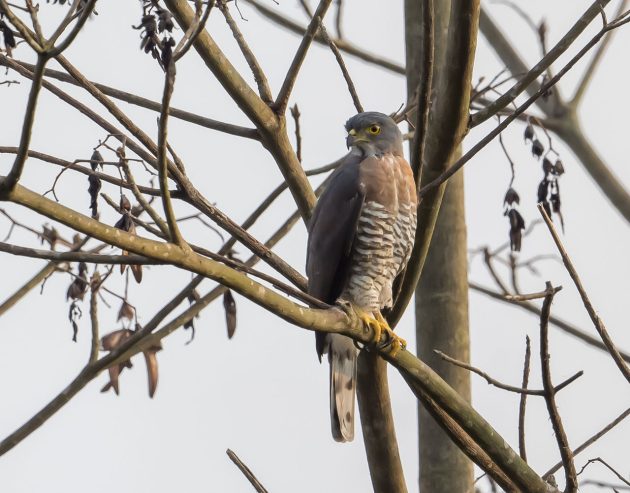
In contrast, Grey-cheeked Green Pigeons can only be seen in Shanghai on Halloween, when the local feral pigeons dress up.
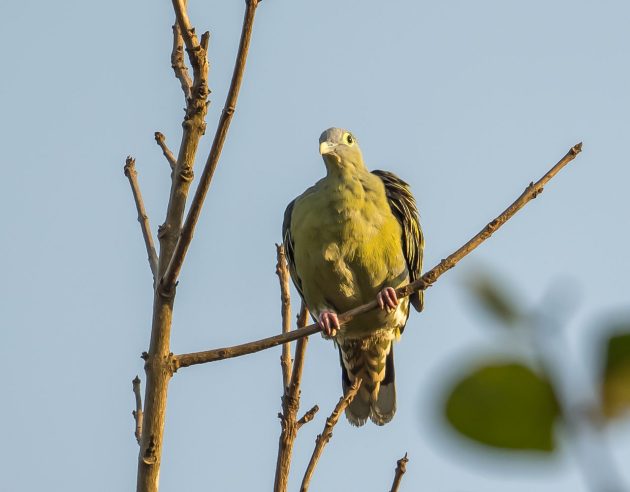
eBird calls it a “chunky green pigeon with comical lime-green ‘goggles’ and a thick white bill”. What should the pigeon do, wear contacts?
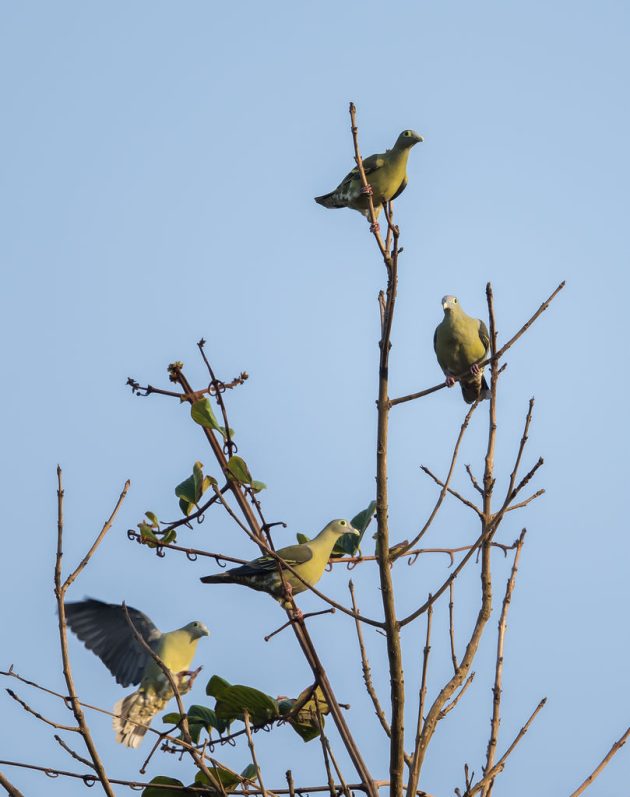
Kondang Merak also gave me my first sighting of the Javan Kingfisher, a major reason to come to Java – but I got better views later on the same trip.
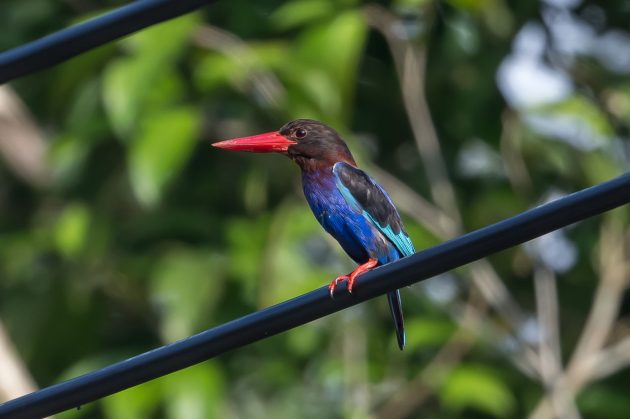
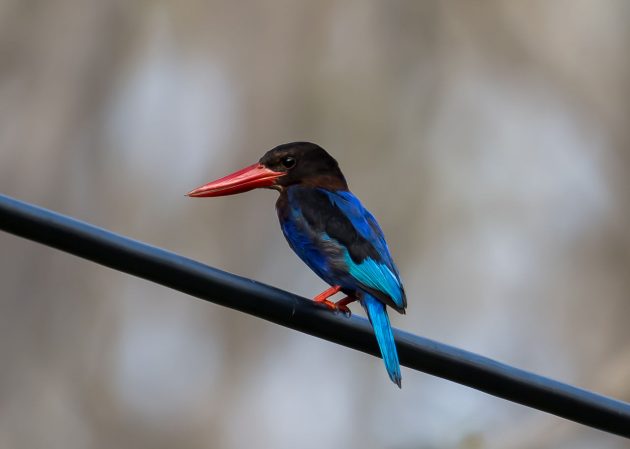
The Pacific Swallow has a very wide distribution – but its scientific name is Hirundo javanica, so it must feel particularly at home here in Java.
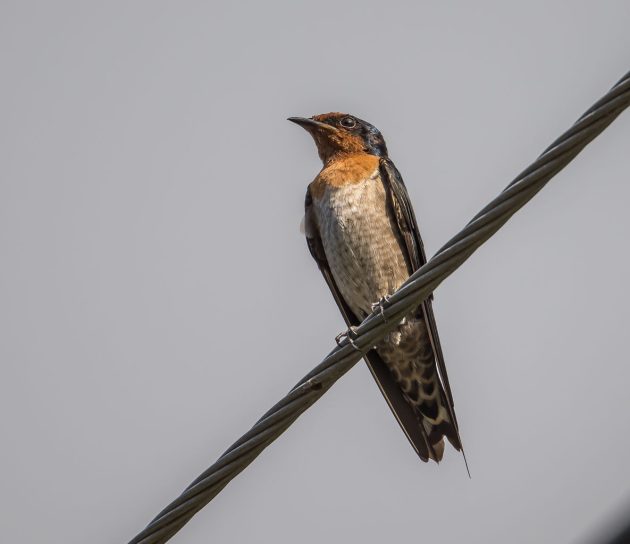
The Yellow-eared Barbet is endemic to Java and Bali. There might be a slight undertone of contempt in the Cornell entry on the species’ conservation status: “Often one of the commonest of barbets. Appears to be adaptable.”
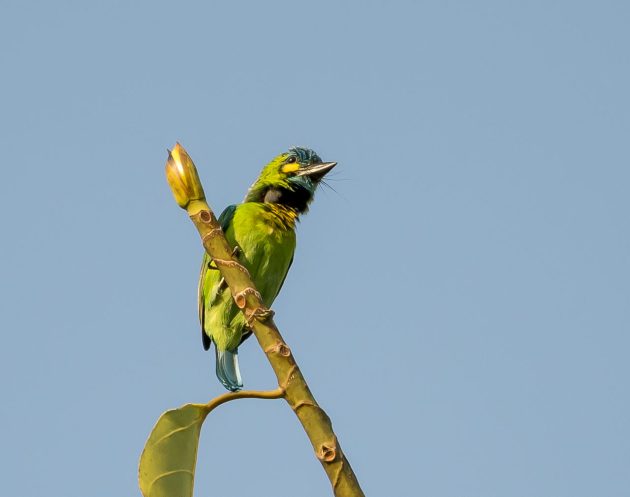
When searching for information on the species, make sure not to mix it up with several other barbets: There are Yellow-fronted, Yellow-spotted, and Yellow-breasted Barbets as well. A bit more creativity in naming them would have gone a long way.
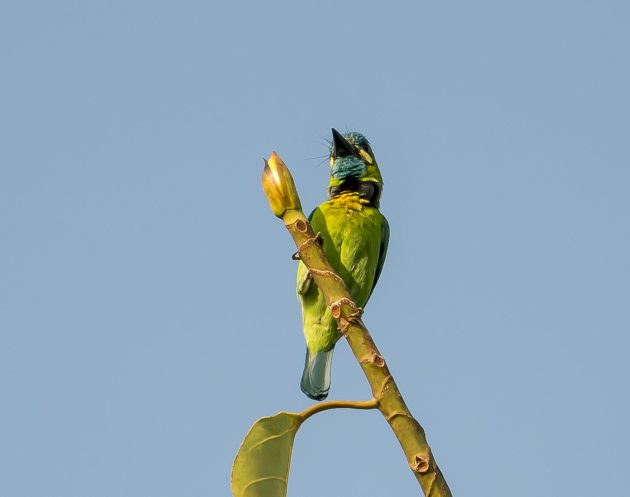
A species entry on a site called allbirdsoftheworld.fandom is not particularly helpful either: “Yellow-eared Barbet … Formerly known as the Blue-eared Barbet. With the current species, it is also known as the Black-eared Barbet”.
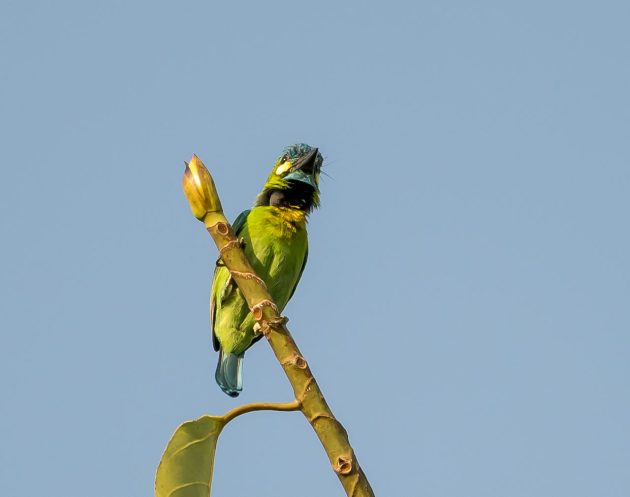
Finally, there is the Scarlet-headed Flowerpecker. The scientific name Dicaeum trochileum indicates that it is a wren (trokhilos means wren), which it is not. As usual, the male is much more colorful than the female.
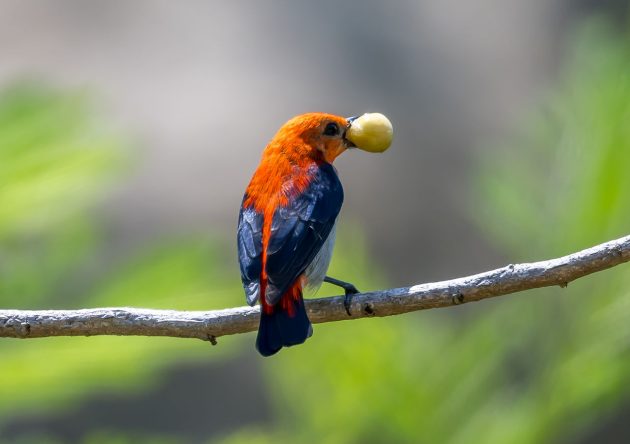
Apparently, it sucks the juice out of fruits.
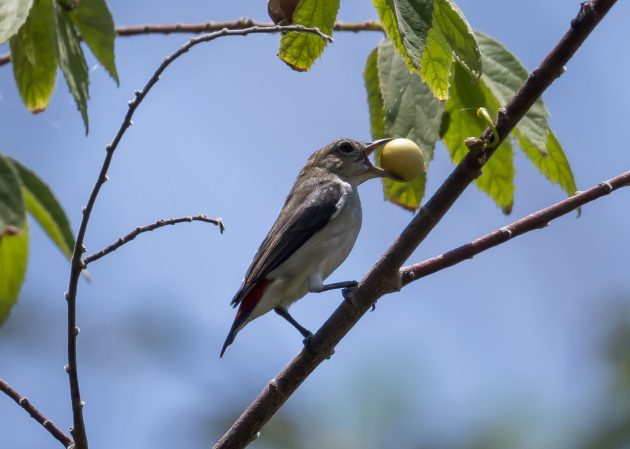
In one paper, the Scarlet-headed Flowerpecker was found to be one out of only three out of 29 species in Indonesia in which breeding and molt overlap (usually, as both activities are rather energy-consuming, they are not done at the same time). The abstract also includes a sentence that may mean something, though I have no idea what: “This study suggests that resources in the study site are available for conservation of bird community in human-dominated habitat”.
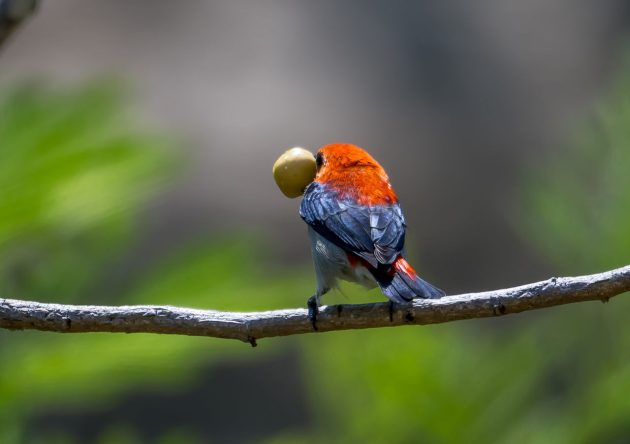
Another paper describes nest building of the species. Note to birds: If you want to be observed during nest building, do so on a university campus (in this case, the campus of Universitas Negeri Yogyakarta, Indonesia).
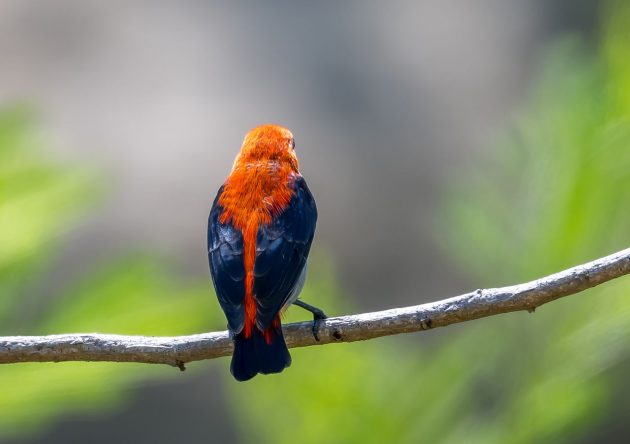






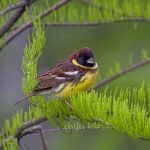

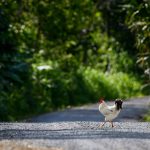

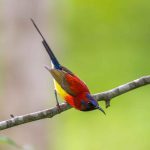

I enjoyed your writing as much as your photos
What a stunning bird the Rufous Backed Kingfisher is!
It is good to know that birds can
suck the juice out of fruits. I thought they can only eat fruits.
Eveline, I am very glad to hear that! I enjoy the writing and am happy if it is appreciated …
Ah ah, I clicked on the other website expecting a lot 😉 I fell for it, good one.